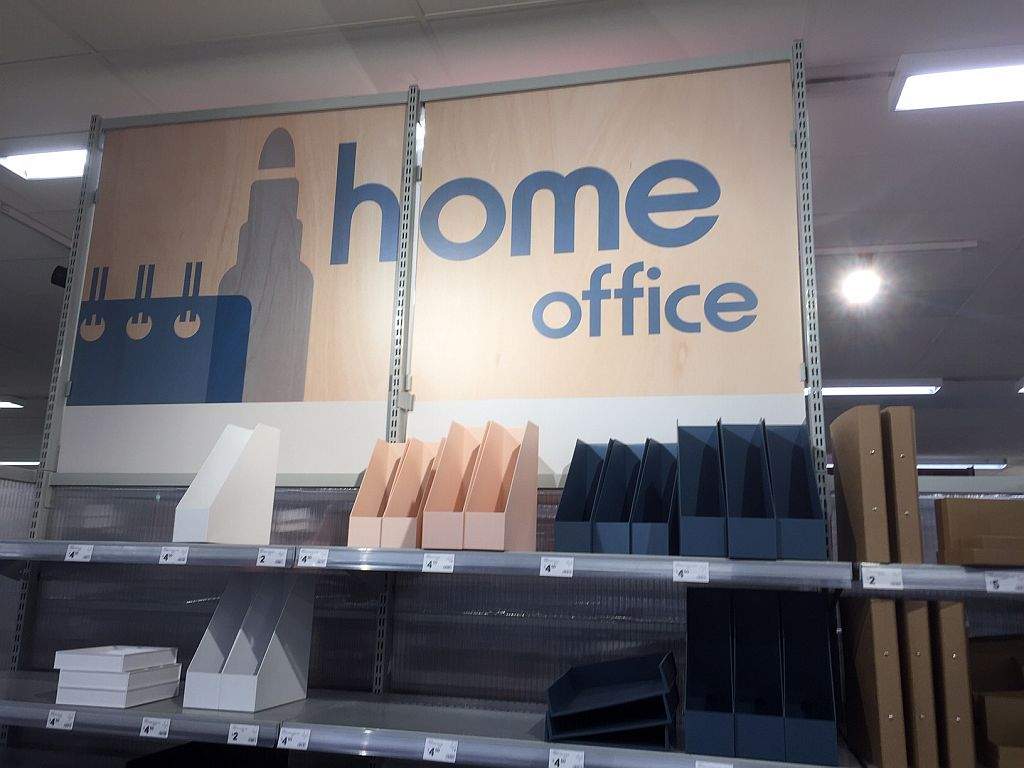Is it the end of the office as we know it?

Working from home has its benefits but it does have one serious drawback.
The latest COVID-19 lockdown in Melbourne has created more uncertainty over the future of the traditional office workplace.
Images of near empty streets in the CBD reflect the reality of the situation, which has seen thousands of office workers continue to work off-site.
While some pundits are predicting the end of the traditional office as we know it, there is alternate view that the working from home trend is not a total game-changer for employers.
A recent Australian Bureau of Statistics (ABS) survey found that four in five people were comfortable going back to the office.
However, other surveys have shown support for retaining the flexible work practices adopted during the COVID-19 lockdown.
An internal CBRE survey showed workers did not want to lose the flexibility they had added while working from home and found they gained more productivity by not spending hours commuting.
Companies are considering a raft of options like abandoning open-plan spaces in favour of individual offices, moving CBD workers to suburban hubs, and down-sizing expensive city head offices.
While many businesses were actively talking about and investigating ways of changing their office spaces, few have made concrete decisions at this stage of the pandemic, according to commercial real estate firms.
Some companies are even considering increasing their office space to allow for adequate social distancing.
Most firms waiting to see the full impact of the economic downturn on their revenue and operating profit, as well as the removal of the JobKeeper support.
Isolation and mental health
One aspect of the working-from-home trend that is attracting the attention of human resources executives is the mental health of off-site workers.
Social distancing has resulted in increased feelings of loneliness and isolation for some, as the ability to connect face-to-face has been frozen for an extended period.
With limited access to social support networks individuals are at an increased risk of developing or exacerbating mental health issues.
Even before COVID-19, working from home posed potential risks to employees’ physical health due to poor ergonomics and a lack of products that are appropriate for long-term use. As many organisations were forced to react quickly and introduce working from home, the risk of employee injuries due to a poor home work space increased.
According to office design and construction firm Schiavello, the return to the workplace will have a significant, positive impact for many workers on their physical health as they will have access to suitable spaces that are designed to support the way that they need to work.
Before we start saying the workplace is dead, Schiavello’s view is that we need to consider how important it is to a business and its people, especially in a time of uncertainty.
Date Published:
10 July 2020

